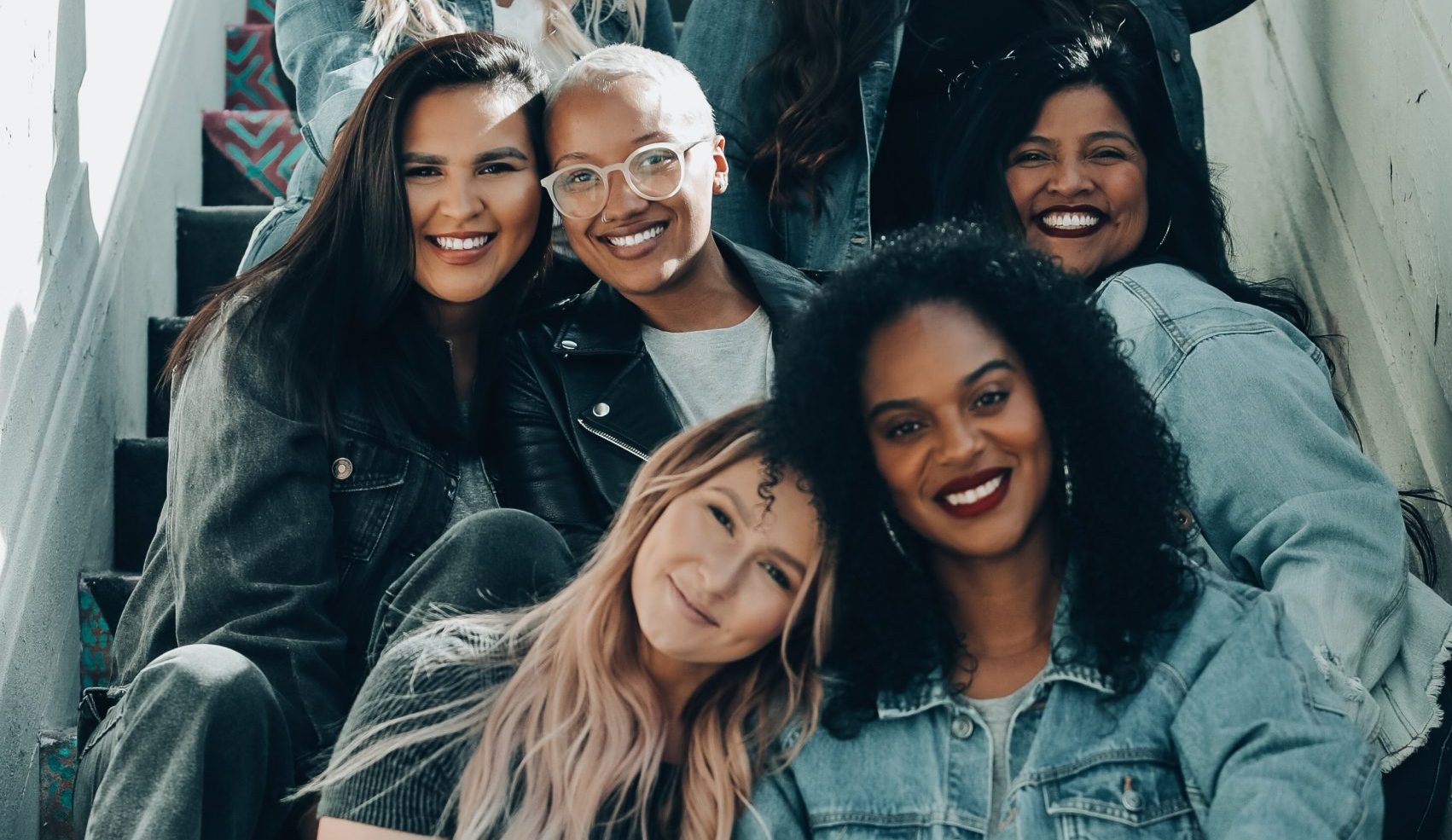by Gabrielle Korn
How does a brand go about setting up a structure for actual, true female empowerment? It’s not an exhaustive list, but it covers the bare-minimum feminist-oriented elements of a brand that can honestly say it’s built on things like empowerment, diversity, and inclusion:
- Is your staff made up of a diverse group of people, including people of color, LGBTQ people, women, and combination therein? Are you treating them well?
- Are there people of color, women, LGBTQ people and combinations therein in leadership positions? More than one? Are those people of different identities from each other?
- Are you paying everyone fairly, based on the work they are currently doing?
- Do they have good benefits? Do they have parental leave?
- Does the product you’re selling actually improve the lives of the people who purchase or use it in a meaningful way?
- Do the images you’re using to sell your product show a wide range of women? Are those women paid and treated well?
- Are you giving back to the community that you’re making money off of?
- Does every step of the production process use fair labor? Is it environmentally sustainable?
- Can anyone of any body type use and benefit from your product?
- Are the people financially benefiting from the success of your product also invested in empowering marginalized communities? What are they doing to show that?
— excerpted with permission from the collection of essays by Gabrielle Korn, former EIC of Nylon: Everybody (Else) is Perfect: How I Survived Hypocrisy, Beauty, Clicks, and Likes (2021; Simon & Schuster)
This post originally ran in January 2021, but guess what? It still holds true.
Photo Credit: Joel Muniz on Unsplash




